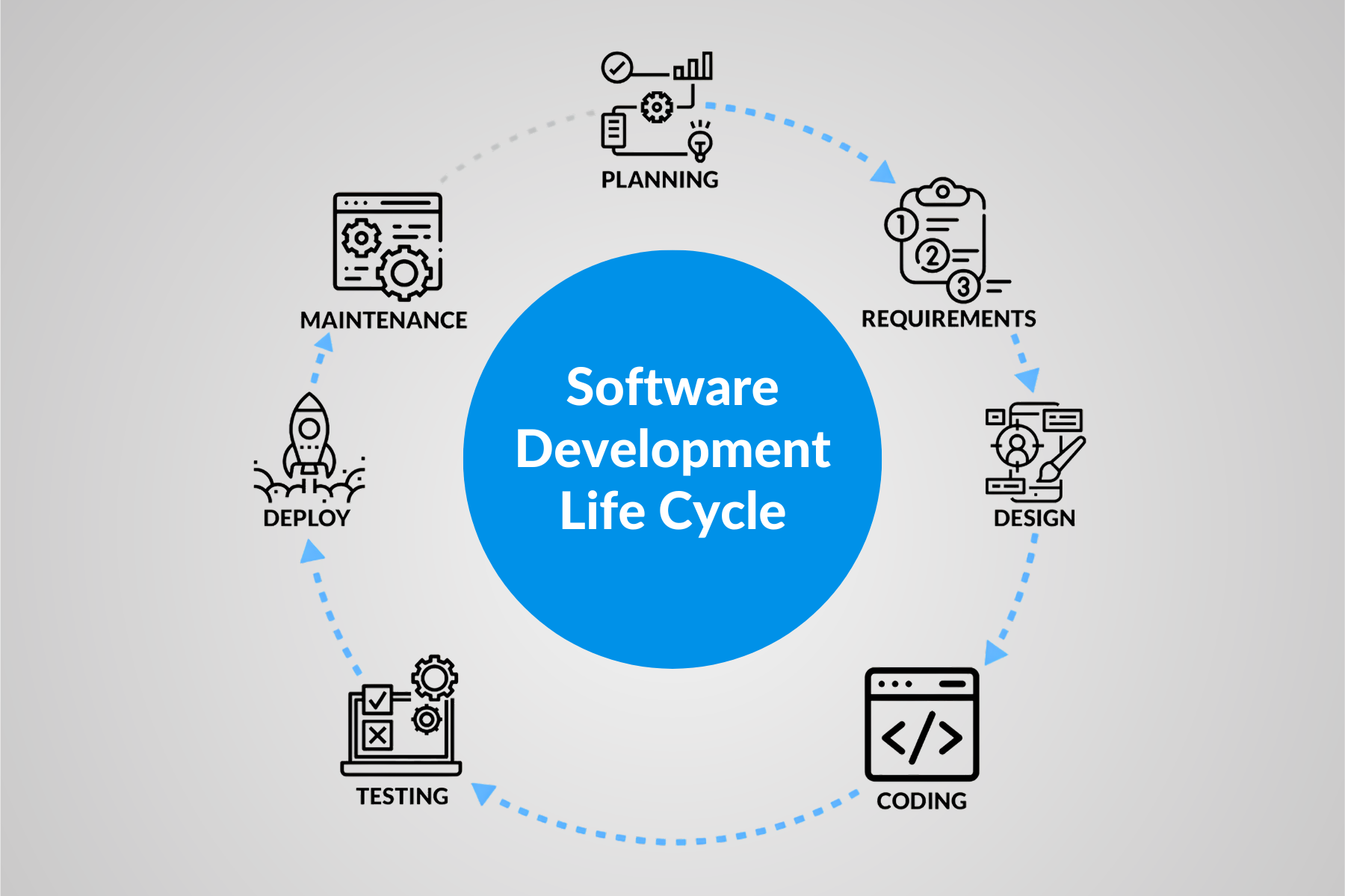Test Data Generation and Management in Automation Testing

- December 1, 2023
- admin
Test data is essential, no matter if we are talking about automation or manual testing. However, its management is much more troublesome with automation testing when compared to manual tests. This is because during the latter option, testers not only have control over the numbers they work with, but they are also aware of the changes that may occur.
This is why you need to be careful when generating and managing that information, to ensure that you are always up to date. Here are some tips to ensure your automation testing goes smoothly.
Goals of Automation Testing
Automated tests have one big goal: to run the same tests and scripts throughout different environments. This allows testers to manage the results in the most efficient ways.
When complex test data is added to a program that depends on third-party API, simple solutions may be generated from it. You can get efficient results during performance testing – this saves your team a lot of time, as the results will be the same as with the last tests.
Tips to Ensure Proper Data Management
Automated tests can be a good way to increase the productivity of software development, as they can take care of tedious or repetitive tasks. However, in certain stages of product creation, the requirements may change. To ensure that your data generation is accurate and up to date, here are some tips that you can keep in mind:
· Have a Purpose
When they are generating and managing data with automation testing, engineers often fail to determine the purpose of a test. Your goal is not only to obtain information from a test but also to generate it that you can use for a specific goal. Are you testing for security, or are you going for performance bugs? You need to have a general objective in mind.
· Perform Data Validity Checks
When software development is going forward and you are adding new features to a product, your information management should follow the same path. For this reason, you should perform audit tests regularly, to see if you have any outdated results.
Performance testing services can help you with this, as they can check for info that no longer supports the functionality of your new product.
· Refresh the Data Regularly
Doing audits on the validity is not the only thing that you’ll have to do here. You will also have to refresh the pool of information that gets generated. You can use automation testing services to generate new scripts, refreshing the info as it is received. This may help you improve the quality of your product.
The Bottom Line
Automation can be a great asset in the development of every piece of software, but only as long as it is done right. If the data generated is not audited and refreshed regularly, it may lead to inaccurate results. So, make sure that you use the right evaluation tools for the job.











